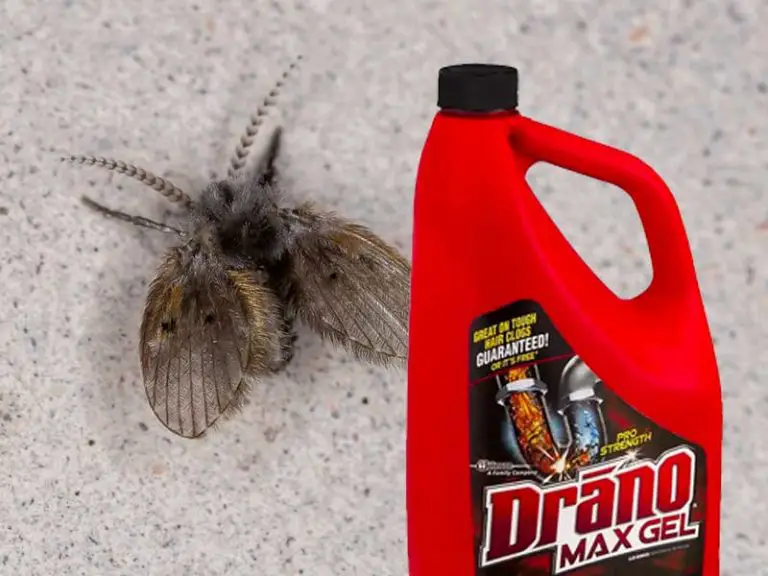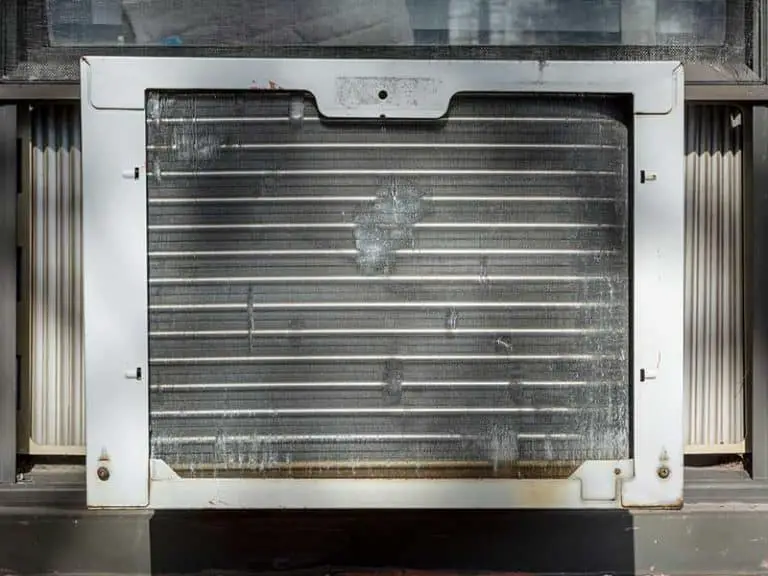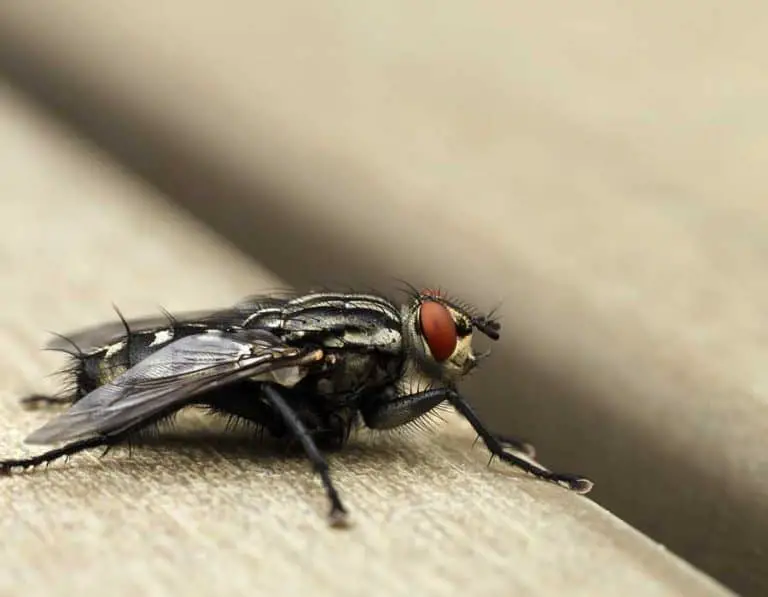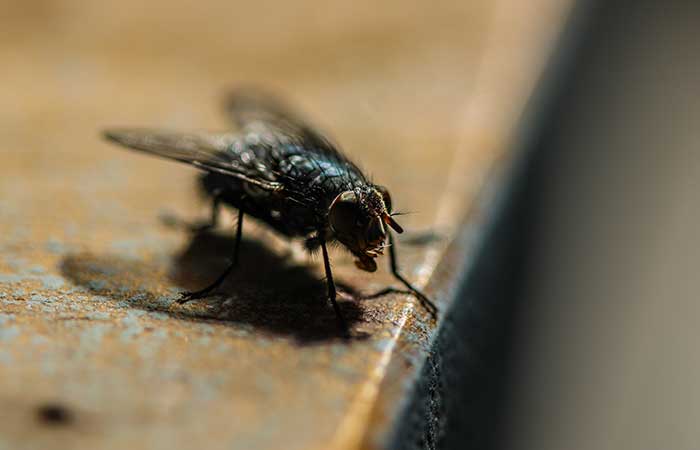How to Get Rid of Drain Flies In Septic Tanks?
When you spot a pest in your home, it is best to take preventive measures immediately. Otherwise, they get time to multiply, and surprisingly, they do not take long enough.
Drain fly eggs hatch in 48 hours, which means they spread pretty quickly.
Apart from drains and toilet bowls, these flies can thrive in your septic tanks, too.
Unfortunately, homeowners rarely pay attention to septic tanks, and when they do, it’s already too late, and a simple solution doesn’t resolve the problem.
So, before this fuzzy creature wreaks havoc on your septic system, try a few tips to get rid of them.
Why Drain Flies Make Their Way In Septic Tanks?
Encountering drain flies in your septic tank shouldn’t come as a surprise to you. If you know this notorious bug and have read about its living patterns, perhaps you’re aware it loves moisture, dampness, and dark places.
Your septic tank provides an ideal atmosphere for it to thrive and multiply. They spend their entire lives searching for a suitable place to survive. As soon as they find one, they intrude on it and begin laying eggs.
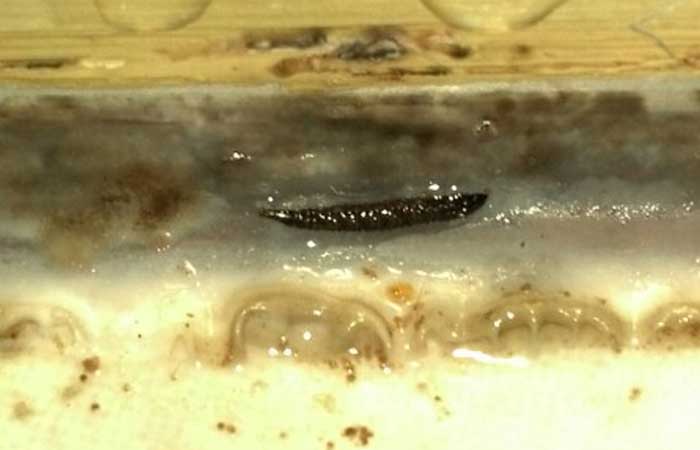
Note that only a portion of sewer gnats appears in your home or bathroom. The entire colony hiding in your septic tank is surprisingly larger and harder to eliminate.
Are Drain Flies Harmful to Septic Tanks?
Let’s get this straight: Drain flies do not harm humans. Neither they bite nor spread the poison. Causing annoyance and giving feelings of discomfort is what they do, nonetheless.
But do they pose a threat to your septic tanks? No, they do not. In fact, a moderate amount of drain flies help make your tank cleaner.
Wondering how? Well, because drain flies feed on organic matter – which we create – they reduce it, eventually clearing your tank.
However, that doesn’t signify you should overlook their infestation. Several cleaners available on the market help disinfect and unclog your tanks. So, there’s no point in relying on drain flies.
If left untreated for long, it can get costly to fix the problem. A higher number can even clog the pipes.
Even worse, they carry the septic tank bacteria in your home, promoting diseases.
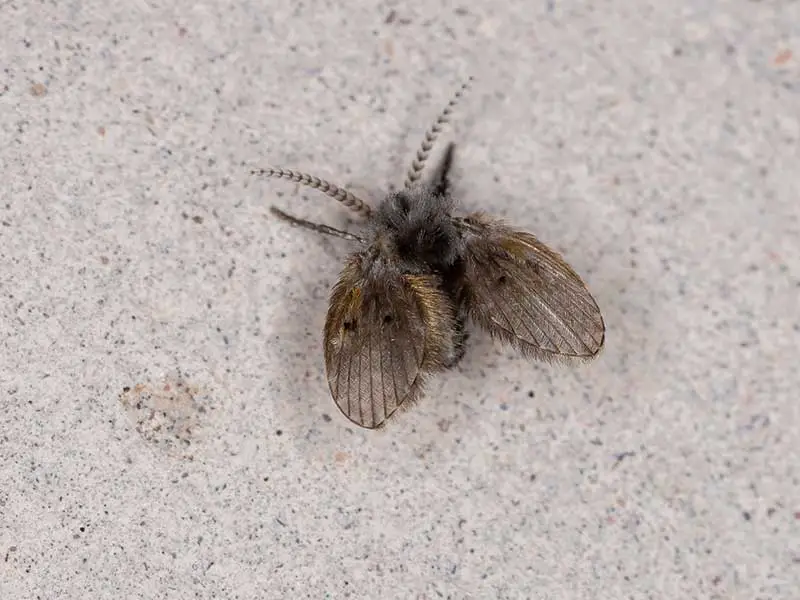
How to Get Rid of Drain Flies In a Septic Tank?
Drain flies might not seem like a significant problem because they are pretty small and do not fly much. Besides, if you do not fear bugs, you’ll unlikely get bothered by them.
However, not taking an action on time can cause more severe concerns in the long run, from health hazards to expensive plumbing repairs.
Fortunately, a little DIY skill is all you need to remove this furry intruder from your home. We’ve discussed various methods below; you can try them all and see which one works best for you.
The Bleach Method
The bleach method would require you to follow these steps.
- Pour bleach into your home drain as it will target the larvae or eggs inside it.
- Leave it for a couple of minutes and run boiling water down the drain to flush out the bleach, eggs, and larvae in the septic tank.
- Cover all the drains in your home as they are the primary source of drain fly infestation in your home. Not only will it prevent this fuzzy creature from entering your home, but it will also keep away mosquitoes, roaches, and other creepy pests.
Pump the Tank Regularly
The wastewater typically moves from the septic tank into the drain field. However, it still contains waste unless you pump it.
The longer the wastewater will sit in the tank, the more drain flies it will attract. Therefore, do not forget to pump your septic tank regularly.
This practice will ensure optimal hygiene for you and your family and keep unwanted bugs from entering the septic system.
Unclog the Pipes
If your septic tank itself isn’t attracting drain flies, the debris buildup in your pipes might. As a rule of thumb, clean and disinfect your pipes frequently to keep them from clogging.
You can always contact a professional for that purpose if doing the job yourself feels too overwhelming.
Disinfect the Septic Tank
While pumping the water will eliminate the waste laying in your septic tank, it may not remove the drain flies.
To eliminate these vexing pests, you sometimes have to go above and beyond the typical cleaning practices. Therefore, it is best to purchase a robust disinfectant and fumigate the entire septic tank.
This will kill the drain flies and other insects and pests hiding deep within the system. Aside from fumigating your tank, consider using a disinfectant in your home, too.
Use BioWonder – the Septic Tank Treatment
If you’re looking for an environmentally-friendly, ready-to-use solution to battle the drain fly infestation, BioWonder is the way to go!
As the name suggests, the BioWonder Septic Tank Treatment is designed specifically for cleaning septic tanks. It contains unique bacteria and materials that effectively target pests. Besides, it also improves the performance of your sewage system.
Try Natural Solutions
Vinegar, baking soda, salt, and boiling water work magically to target drain flies or any pest for that matter.
So, if you aren’t willing to try a store-bought solution, you can go for home remedies. However, note that your septic tank is contaminated beyond imagination.
Simply put, besides drain flies, it contains tons of other bacteria and viruses. As such, a gentle natural solution might fail to target drain flies hiding under a bacteria-laden septic tank water.
Therefore, it is best to try other methods or go for a store-bought chemical.
Closing Notes
If you observe drain flies around your property, they’ve overbred and are finding more places to live and feed on. Your drain pipes and septic tanks make up the most suitable places for them to survive.
The moist and damp septic tank gives them an ideal environment to reproduce, and they’ll multiply within hours. Therefore, take the preventive steps discussed above on time and stop their spread immediately.



